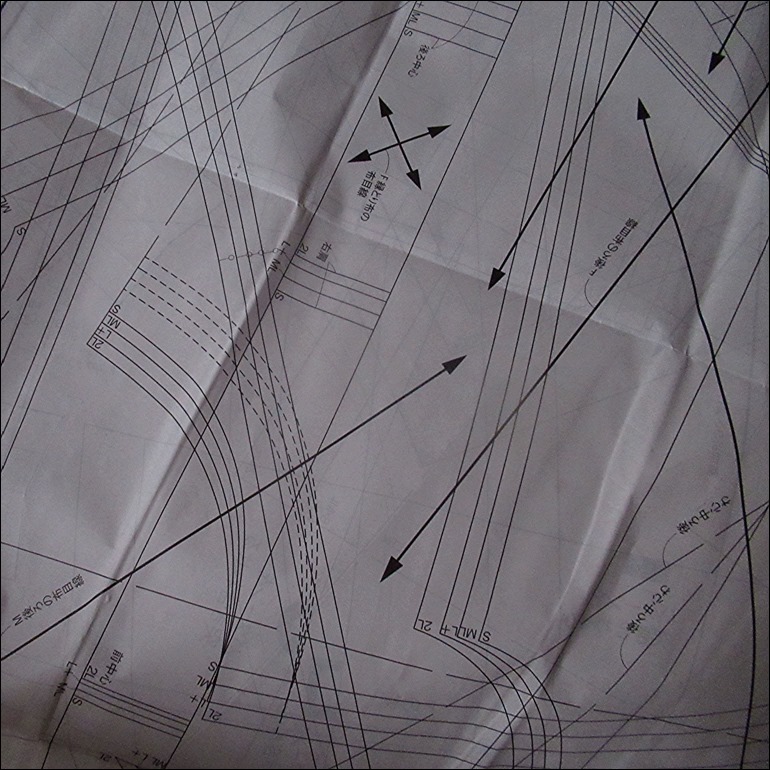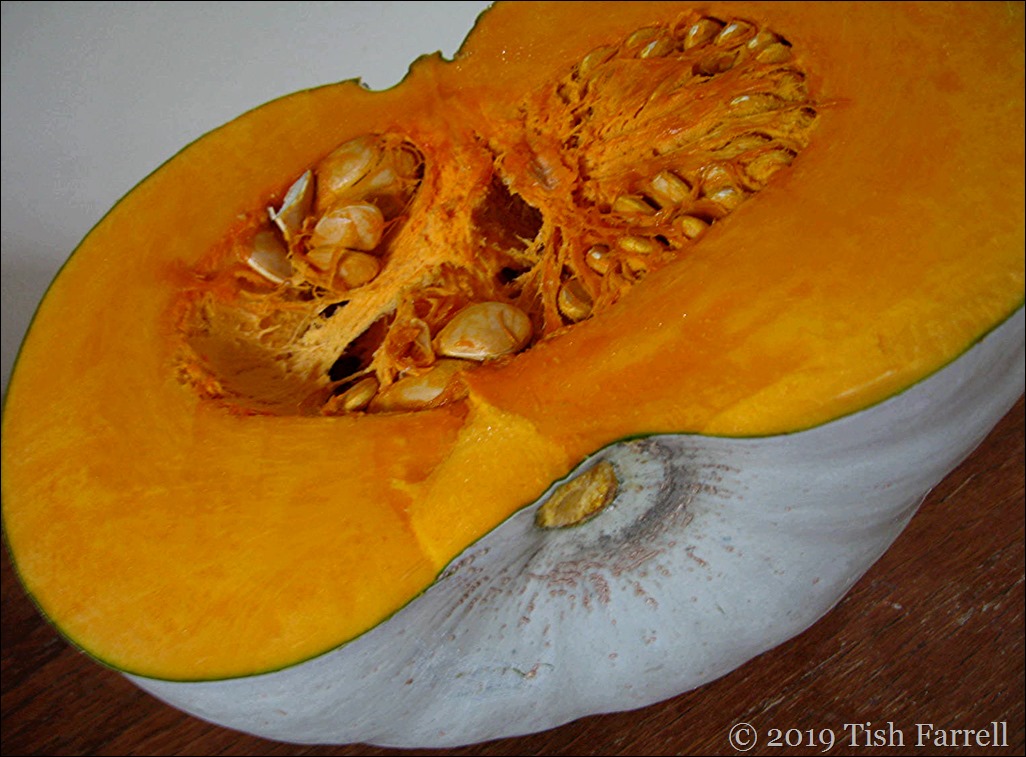
I started making my own clothes in my teens: it was the era of Pop Art and Mary Quant shifts. I made a bee-line for cheap remnants of furnishing fabrics with big prints and turned out some surprising garments. Much much later, when were living in Kenya and Zambia, I was inspired by the bright local fabrics and started sewing again. Graham still has some striking longish shorts – an all-over mango tree design – orange print on navy – the lovely glazed cotton bought in Lusaka back in ‘93 and initially used as curtains in our little house on Sable Road.
Back in England again, I did not sew so much, though I remember making a big winter coat which features in one of my earlier blog headers. Thereafter the sewing urge mostly faded away. It was easier to buy stuff.
And then recently I discovered nani IRO. Not only was it love at first sight, but the advent of a whole new sewing adventure: the hitherto unencountered territory of Japanese design. This was the book that started it:


For those like me i.e. not-in-the-know, Nani IRO is the brand name for the fabrics created from designs by Japanese artist Naomi Ito. And Atelier nani IRO is the design studio that produces the sewing patterns. In the past they have catered only for petite Japanese sizes. But this current collection now includes sizes up to UK 14/US 12.
The book is beautiful – every page of it. But being captivated by the images and fabrics is one thing. I soon realised the challenge of using it to make an actual garment was probably bordering on the impossible. The patterns that come with the book comprise two fat folded wads of stiff white paper. They are inscribed with multiple pattern pieces that overlay one another, and at all angles. Furthermore, the instructions are in Japanese, although on the whole the book’s accompanying diagrams are more or less clear to anyone used to tackling European dress patterns.
So: this is what a small part of the pattern sheet looks like. Think exploded Venn diagram meets Heathrow air traffic control flight paths:

Each garment does however have a letter code in English and the sizes are indicated S, ML, L+, 2L. After this, you are pretty much on your own.
Once you know the letter of your chosen project, you must then study the designated layout in the book to fix in visual brain the shapes of all the pattern pieces you’ll need. Then you have to search for those shapes within this bonkers mega-puzzle, and having located them, trace them off to the appropriate size on dressmaking tracing paper.
By this point, on my hands and knees amid clouds of tissue paper strewn across the bedroom floor, I realise I am pursuing, and with dogged intent, an extreme form of writer’s procrastination. I have actually chosen to unravel this devilish design of cross-purposes rather than sort out the pressing narrative plotting problems of the novel.
Found you out! I cry. This is not really about making a big blue frock out of a stash of Indian block print cotton that you just happened to have handy. This is about NOT WRITING.
But then of course when it comes to prevarication, writers have all the excuses. I tell myself it’s good at my age to go in for new forms of mental and manual exercise, even if the initial processes are killing on the knees. Besides, there is also the great satisfaction of making and completing a project. And while I can see that my new blue Indo-Japanese gown is hardly the sort of thing I can wear at the allotment, it does have potential as a personal seaside ‘changing room’. I can even look fairly gracious when needing to treat with the postman before I’m quite up in the morning.
And then I’m actually rather in love with the thing itself. Scenes from Kurosawa epics (Seven Samurai, Ran, Yohimbo) come flitting through my mind. Perhaps a little of the master’s creative impulses might just rub off on me (though hopefully not adding confusing Japanese influences to a yarn set in the East African bush. Or there again…) So I may just hang the finished work on the wall. Perhaps it will tell me I’ve used up all present excuses to not write. Perhaps it will say: stop play-acting out in the field with the other half and get back to the keyboard!




July Squares #7






























